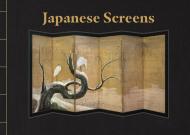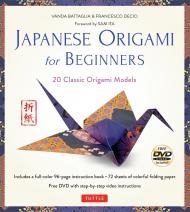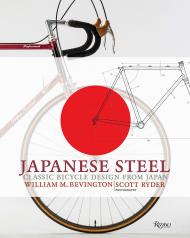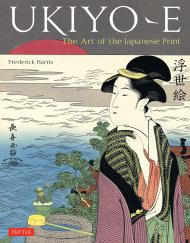Щедро ілюстрована історія японських ширм — обмежений тираж 3000 пронумерованих примірників
Японські ширми (бьобу, що означає «бар'єр проти вітру») виготовляються з дерев'яних ґраток з двома-дванадцятьма панелями, покритими паперовим або тканинним полотном. Вони унікальні тим, що є прекрасними витворами мистецтва, а також переносними меблями, що служать фоном для придворних церемоній або перегородками для інтимних чайних сервізів. Художники використовували ширми як тривимірні об'єкти, створюючи динамічні композиції, які спрямовують погляд глядача від однієї панелі до наступної.
Ця розкішна книга досліджує 1300-річну історію японських ширм. Автори, провідні експерти з японського мистецтва та культури, описують, як ширми розвивалися з VIII по XXI століття, від їхнього церемоніального використання в палацах і храмах до їхнього функціонального та декоративного використання у звичайних японських будинках. Вони досліджують стилістичну еволюцію ширм та широкий спектр сюжетів, таких як тварини, пори року, «Казка про Гендзі» та каліграфічні візерунки.
Цей том, оправлений у японському стилі та поміщений у гарну коробку-розкладачку, також містить репродукцію виняткової ширми розміром з плакат, яку можна обрамити.Japanese Screens стануть важливим доповненням до бібліотеки будь-якого поціновувача мистецтва.
Про авторів:
Анн-Марі Крістін була почесною професоркою класичної літератури Паризького університету, засновницею Центру вивчення письма та образу (CEEI) та авторкою книги «Історія письма».
Торахіко Терада — професорка порівняльної культури та літератури Токійського університету.
Клер-Акіко Бріссет — професорка історії японської культури Женевського університету.














